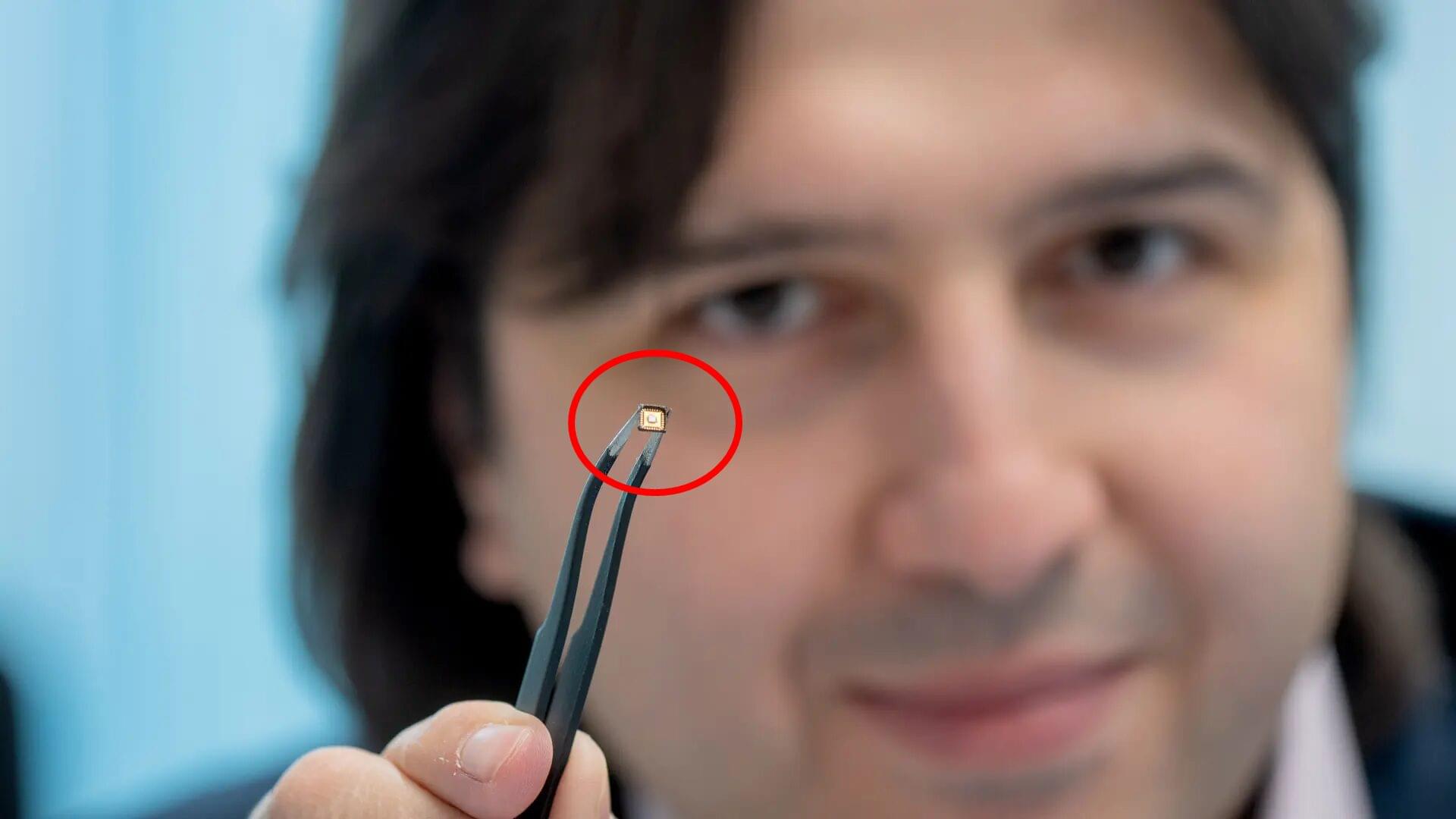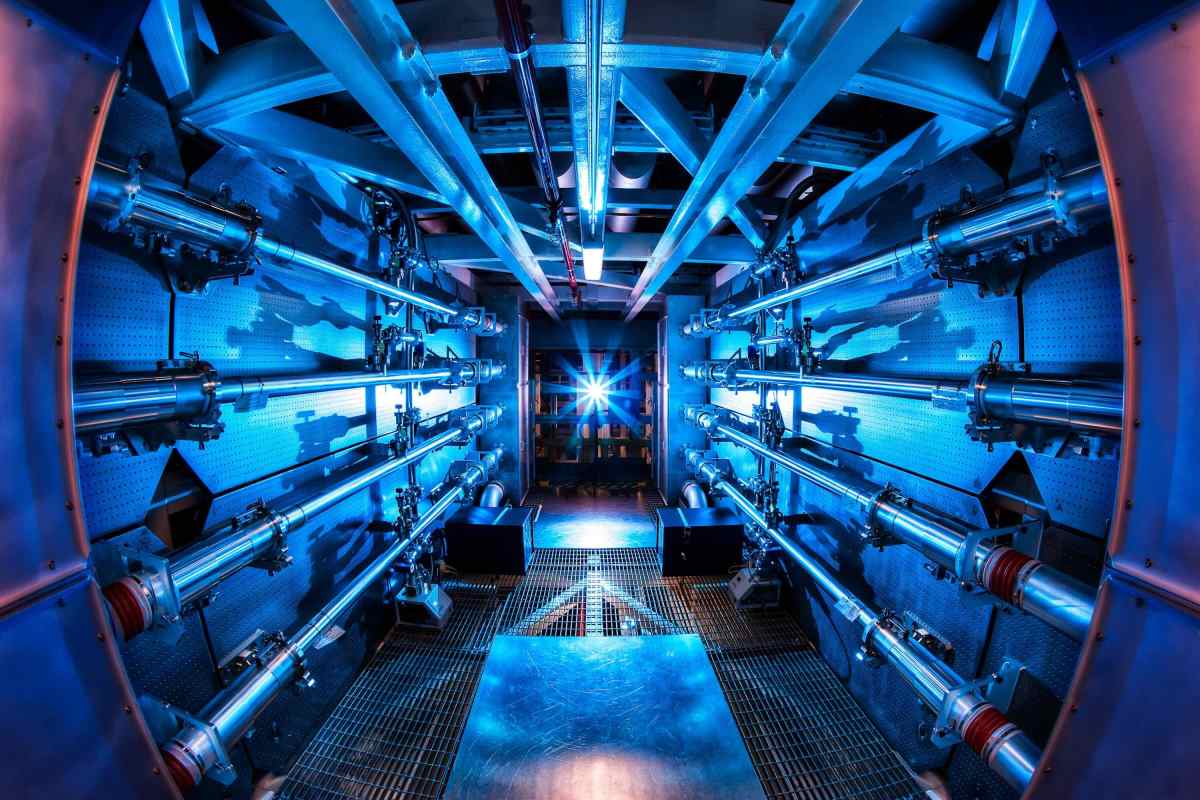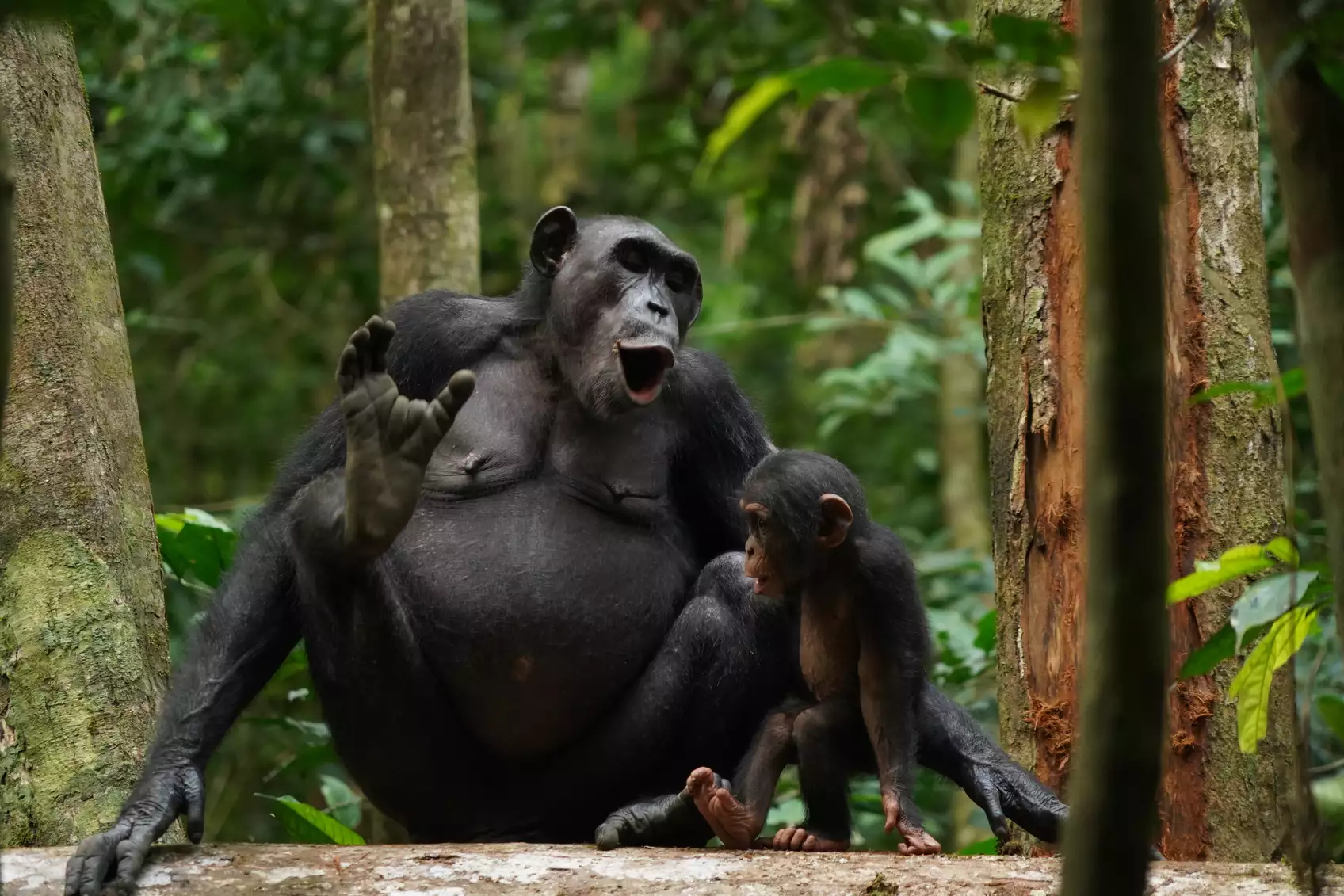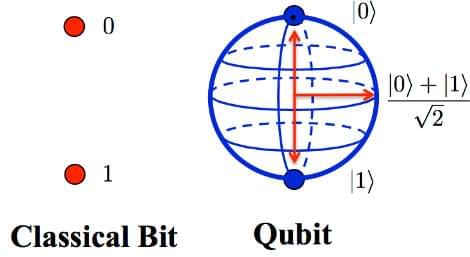German researchers develop AI chip that learns like the brain, works without the internet and consumes minimal energy.



The world’s only net-positive fusion experiment has been steadily ramping up the amount of power it produces, TechCrunch has learned.
In recent attempts, the team at the U.S. Department of Energy’s National Ignition Facility (NIF) increased the yield of the experiment, first to 5.2 megajoules and then to 8.6 megajoules, according to a source with knowledge of the experiment.
The new results are significant improvements over the historic experiment in 2022, which was the first controlled fusion reaction to generate more energy than it consumed.


Researchers at the University of Alabama in the United States have used duct tape from a store to create a triboelectric nanogenerator capable of collect electricity from the human body and the environment.
Their development is capable of powering small devices such as biosensors by converting mechanical energy from friction and movement into electricity. The generator is made of metallized films polyethylene terephthalate, which act as electrodes, and layers of adhesive tape.
The developers emphasize that power generation occurs through interaction polypropylene and of the acrylic adhesive layer when they are pressed and released. At the same time, due to the weak intermolecular interaction (Van der Waals forces) on the borders of the atomic-sized gaps.

Researchers have now ‘heard’ the echo of cyclones whirling ocean waters from all the way on the other side of our planet.
Microseismic waves generated by interactions between the ocean and Earth’s crust might be able to help us peer into otherwise hidden parts of Earth’s geological structure, such as regions left shrouded by a scarcity of high-energy earthquakes in the North Atlantic.
“Our research uses these microseismic phenomena as an alternative data source to study the Earth’s structure beneath Australia,” says seismologist Hrvoje Tkalčić from Australian National University.
Researchers in Australia are working on a way to lower the cost of producing solar thermal energy by as much as 40% with the help of shatterproof rear-view mirrors originally designed for cars.
That could be huge for agriculture and industrial facilities which need large amounts of heat for large-scale processes at temperatures between 212 — 754 °F (100 — 400 °C). That addresses food production, drying crops, grain and pulse drying, sterilizing soil and treating wastewater on farms; industrial applications include producing chemicals, making paper, desalinating water, and dyeing textiles.
A quick refresher in case you’re out of the loop: solar thermal energy and conventional solar energy (photovoltaic) systems both harvest sunlight, but they work in fundamentally different ways. Solar thermal setups capture the Sun’s heat rather than its light, use reflectors to concentrate sunlight onto a receiver, and convert solar radiation directly into heat energy. This heat can be used directly for heating buildings, water, or the aforementioned industrial processes.

Non contact weapon, invisible weapon, AI drone, microwave weapon, directed energy, sonic weapon, silent killer, future weapon, brain weapon, stealth tech, AI assassin, energy weapon, pulse weapon, death beam, ghost weapon, neural weapon, drone strike, mind control, lethal tech, smart weapon, AI war, kill tech, stealth drone, sound weapon, laser weapon, radiation gun, brain hack, AI killer, invisible attack, silent war, tech kill, energy beam, microwave attack, sonic attack, AI warfare, death tech, stealth kill, neural tech, drone war, mind weapon, pulse attack, ghost tech, AI death, silent strike, future kill, stealth attack, AI strike, energy kill, brain attack, tech assassin, invisible strike, AI hunter, silent beam, lethal drone, stealth beam, mind beam, death drone, AI sniper, ghost drone, pulse beam, neural beam, stealth sniper, AI pulse, silent sniper, energy sniper, brain sniper, tech sniper, invisible sniper, AI weapon, stealth weapon, mind sniper, pulse sniper, ghost sniper, AI beam, silent weapon, future sniper, stealth hunter, AI hunter drone, energy hunter, brain hunter, tech hunter, invisible hunter, AI assassin drone, silent hunter, lethal hunter, stealth assassin, mind assassin, pulse assassin, ghost assassin, AI killer drone, silent assassin, energy assassin, brain assassin, tech assassin, invisible assassin, AI death drone, stealth killer, mind killer, pulse killer, ghost killer, AI strike drone, silent killer, energy killer, brain killer, tech killer, invisible killer, AI war drone, stealth war, mind war, pulse war, ghost war, AI battle drone, silent war, energy war, brain war, tech war, invisible war, AI combat drone, stealth combat, mind combat, pulse combat, ghost combat, AI attack drone, silent combat, energy combat, brain combat, tech combat, invisible combat, AI defense drone, stealth defense, mind defense, pulse defense, ghost defense, AI security drone, silent defense, energy defense, brain defense, tech defense, invisible defense, AI surveillance drone, stealth surveillance, mind surveillance, pulse surveillance, ghost surveillance, AI recon drone, silent surveillance, energy surveillance, brain surveillance, tech surveillance, invisible surveillance, AI spy drone, stealth spy, mind spy, pulse spy, ghost spy, AI stealth drone, silent spy, energy spy, brain spy, tech spy, invisible spy, AI cloaked drone, stealth cloak, mind cloak, pulse cloak, ghost cloak, AI hidden drone, silent cloak, energy cloak, brain cloak, tech cloak, invisible cloak, AI secret drone, stealth secret, mind secret, pulse secret, ghost secret, AI covert drone, silent secret, energy secret, brain secret, tech secret, invisible secret, AI classified drone, stealth classified, mind classified, pulse classified, ghost classified, AI black ops drone, silent classified, energy classified, brain classified, tech classified, invisible classified, AI special ops drone, stealth ops, mind ops, pulse ops, ghost ops, AI tactical drone, silent ops, energy ops, brain ops, tech ops, invisible ops, AI strategic drone, stealth strategy, mind strategy, pulse strategy, ghost strategy, AI mission drone, silent strategy, energy strategy, brain strategy, tech strategy, invisible strategy, AI operation drone, stealth operation, mind operation, pulse operation, ghost operation, AI execution drone, silent operation, energy operation, brain operation, tech operation, invisible operation, AI termination drone, stealth termination, mind termination, pulse termination, ghost termination, AI elimination drone, silent termination, energy termination, brain termination, tech termination, invisible termination, AI neutralization drone, stealth neutralization, mind neutralization, pulse neutralization, ghost neutralization, AI suppression drone, silent neutralization, energy neutralization, brain neutralization, tech neutralization, invisible neutralization, AI control drone, stealth control, mind control, pulse control, energy control, brain control, tech control, invisible control, AI manipulation drone, AI persuasion drone, stealth persuasion, mind persuasion, pulse persuasion, ghost persuasion, AI coercion drone, silent persuasion, energy persuasion, brain persuasion, tech persuasion, invisible persuasion, AI intimidation drone, stealth intimidation, mind intimidation, pulse intimidation, ghost intimidation, AI threat drone, silent intimidation, energy intimidation, brain intimidation, tech intimidation, invisible intimidation, AI fear drone, stealth fear, mind fear, pulse fear, ghost fear, AI terror drone, silent fear, energy fear, brain fear, tech fear, invisible fear, AI panic drone, stealth panic, mind panic, pulse panic, ghost panic, AI anxiety drone, silent panic, energy panic, brain panic, tech panic, invisible panic, AI stress drone, stealth stress, mind stress, stealth scar, mind scar, pulse scar, ghost scar, AI mark drone, silent scar, energy scar, brain scar, tech scar, invisible scar, AI trace drone, stealth trace, mind trace.

The qualia problem of perception is simply pointing out that the way we perceive the world is in terms of subjective qualities rather than numerical quantities. For example, we perceive the color of light in the things we see rather than the frequency of light wave vibrations or wavelengths, just as we perceive the quality of the sounds we hear rather than the frequency of sound wave vibrations. Another example is emotional qualities, like the perception of pleasure and pain and the perception of other emotional qualities, like the emotional qualities that color the perception of the emotional body feelings we perceive with emotional expressions of fear and desire. There is no possible way to understand the perception of these emotional qualities, just as there is no way to understand the perception of the colors we see or the qualities of the sounds we hear, in terms of the neuronal firing rates of neurons in the brain or other nervous systems. The frequency of wave vibrations and the neuronal firing rates of neurons are both examples of quantities. The problem is we do not perceive things in terms of numerical quantities, but rather in terms of subjective qualities.
All our physical theories are formulated in terms of numerical quantities, not in terms of subjective qualities. For example, in ordinary quantum theory or in quantum field theory, we speak of the frequency of light wave vibrations or the wavelength of a light wave in terms of a quantum particle called the photon. A photon or light wave is characterized by the numerical quantities of frequency and wavelength. When we formulate the nature of a light wave or photon in quantum theory in terms of Maxwell’s equations for the electromagnetic field, we can only describe numerical quantities. In ordinary quantum theory and quantum field theory, the electromagnetic field is the quantum wave-function, ψ(x, t), that specifies the quantum probability that the point particle called the photon can be measured at a position x in space at a moment t in time. That quantum probability is specified in terms of the frequency and wavelength that characterizes the wave-function for the photon.
